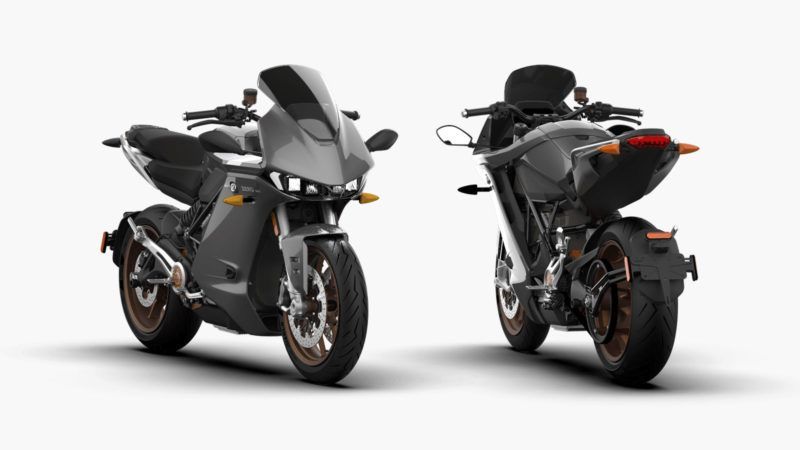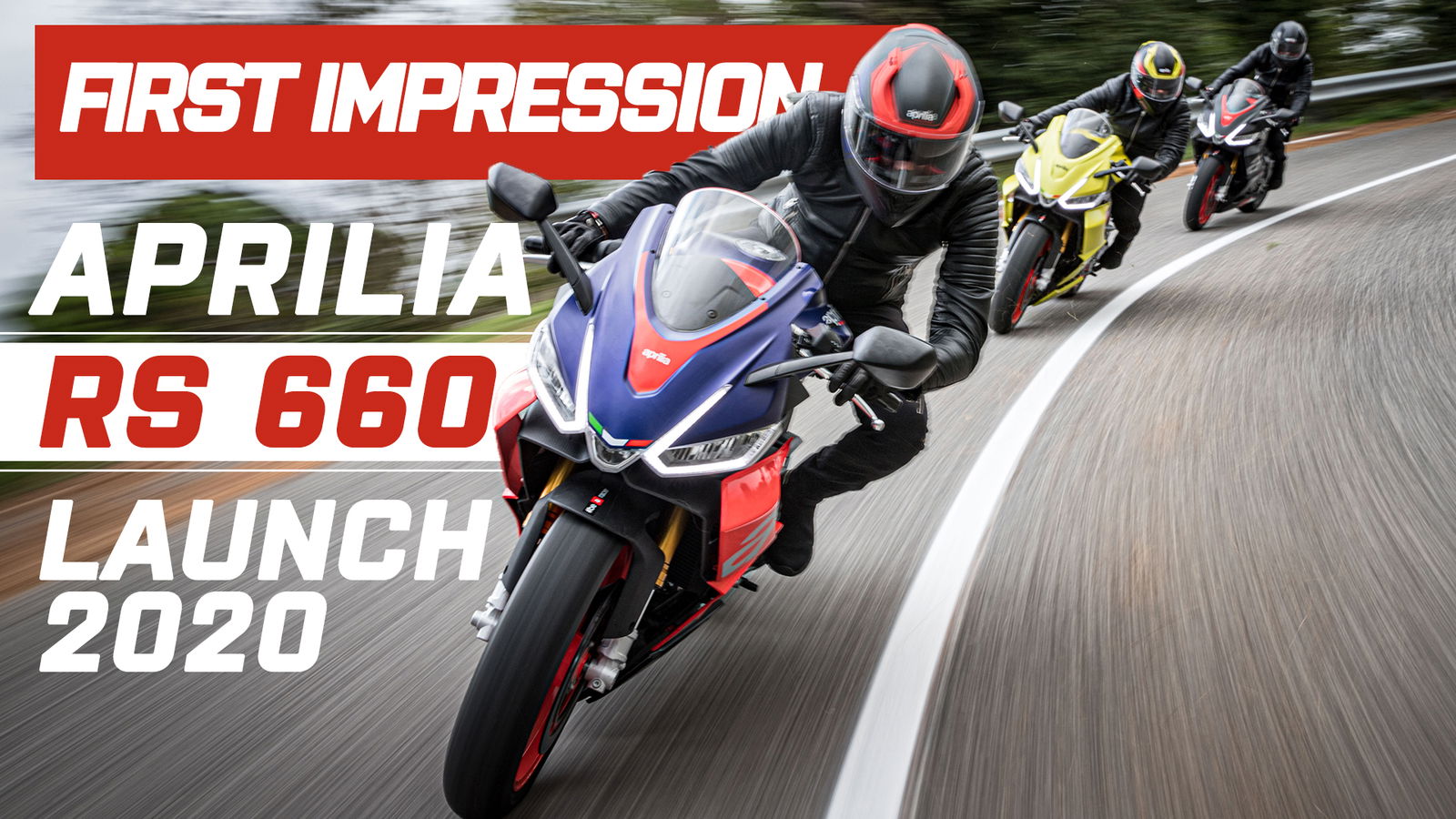VIDEO REVIEW | Zero SR/S real world review and motorway range test
We spent a week with the new Zero SR/S electric sports bike to find out how it performs in the real world

ZERO Motorcycles burst onto the global scene in 2006, quickly asserting itself as one of the market leaders in the global electric motorcycle market.
Fast-forward to today and they have a packed range featuring everything from road-legal supermoto and enduro machines, nakeds, and now a sports bike. The SR/S that you see before you.
You may want to also read our best electric motorcycles article here.
Zero SR/S (2020) video review
Is it a sports bike or is it a hybrid between a naked and sports bike? I’m not too sure you know. It’s comfier than a sports bike should be, but if you ride it like a Panigale V4S you’ll be lucky to get 30 miles out of the 14.4kWh battery pack.
Zero was kind enough to lend us one for a week-long test of the os the machine. We really wanted to give the bike a thorough real-world review, although testing a bike in this manner is a tricky thing to do. Real roads aren’t scientific things. There’s the wind to take into account, lorries, drivers following satnavs, and all sorts of other things that frustrate people in lab coats.
But out on the open road is where a bike like this will be ridden so it is there where we shall do our testing!
.JPG?width=1600)
Zero SR/S motorway range test
Pretty much the first thing I had to do with the bike after collecting it was to nip up the M1 to MotoDirect for a suit fitting with RST. The trip is 58.7 miles, taking in the M69 and then M1. I was conscious that I didn’t want to set the bike up for a fail, so the night before took the battery to 90 percent. Before I left the next morning though I had to nip to the shop down the road, which stole one percent from the battery leaving me on 89 percent state of charge (SoC).
To help make the most of the electrons I stuck the bike in Eco mode. Here the bike has a limited top speed, limited out of torque produced, limited power, and maximum regenerative braking. Even in this most restrictive of states, the Zero is still quick, and you have to constantly remind yourself to accelerate away from lights slowing, coasting up to red lights if you can, to prevent the bike from coming to a stop completely.
.JPG?width=1600)
As I peeled onto the M1 at junction 21, the road gods were smiling on me. The traffic was fairly slow-moving and meant I could stick to around 65mph for the first 10 or 15 miles. The weather gods though were pissing themselves laughing, the rain was biblical and the wind was blustery. As we passed Loughborough the traffic started to ease, although I wasn’t letting myself get excited. I stuck to a self-imposed speed limit if 75mph, in truth I can’t remember seeing more than 73 on the speedo.
Pulling into Trowell Services for a pee, I had about 24 miles of indicated range left, and the bike was advising me I had around 28 percent battery left. The battery level is one thing, but the range is the key one I’m interested in. It works out the range based on your current riding style. Hoon it and you lose it. Take it easy and you see more. I was going to air on the side of caution. Dropping my speed for the last 20 miles to 65 mph saw me dicing with the articulated lorries in the inside lane. In all honesty, it wasn’t a nice place to be.

Rolling into MotoDirect’s Alfreton HQ I had 12 percent battery remaining and 10 miles of useable range.
It’s a little off the claimed range for the bike is 82 miles on the motorway at a comparable speed. Zero’s PR team has advised that there are always factors that can affect the range – wind, weather, riding position, and size. Now I’m pretty small and tried to keep a constant speed and sat in what I’d call a neutral riding position. The picture I’m getting is that those looking for maximum range, you’re going to have to dust off your racing crouch!
.JPG?width=1600)
Handling
Away from the dull and grey of the UK’s motorways, the Zero is a decent enough handling machine. It has Show suspension up front with 43mm Separate Function Forks and a Showa rear shock with remote reservoir. The ride is leaning to the firm side and potholes will have you lifting out of the seat a little to avoid being jolted.
Out in the twisties and the Zero handles quite well for a 234kg bike. It’ll hold a line in a corner and will only make its weight felt when flip-flopping from one side to the other in fast direction changes. The J.Jaun brakes are strong enough with the cornering ABS helping to step in should your ambition outweigh your talent. You do get they slightly unnerving feeling when braking hard and carrying some lean angle that the rear wheel is trying to overtake the front, although to make that happen you have to be using absolutely everything the braking system has to offer.
The rear brake on the other hand I found to be sub-standard, with the tiddly single piston sliding caliper being outdone by the weight of the bike. The feel at the lever is wooden and the brake seems to lack any bite or feel. The only real clue that it’s working at all is when the ABS intervenes.
.png?width=1600)
Comfort
The Zero SR/S has a very comfortable riding position, with your knees nicely bent and your arms and shoulders are in a comfortable neutral position. The seat is fairly firm but with recharging stops likely to be around the hour, it’s never really going to be a problem.
One of the reasons the SR/S is so comfy is the conventional handlebars the bike uses, not the clip-on bars of other ‘sports’ bikes. The designers probably opted for those as it makes the machine a little more appealing to non-motorcycle riding Tesla owners. For me though, it meant unless I was willing to sit in this weird arms-wide and head-ducked position, I had noggin outside the protective bubble of the fairing.
Recharge time
In the real world, the Zero is going to take anywhere between 1 and 4.5 hours to fully charge. Find a superfast 6kW charger (something that can be used with the Premium model) and you could juice it up in as little 1.5 hours.
After riding to MotoDirect for the range test I plugged the Zero into a conventional three-pin plug in the warehouse that wasn’t being used for any other equipment. The onboard computer stated around 3 hours 45 minutes to take the bike up to 90 percent SoC. In reality, this actually took 4 hours 30 minutes. Zero’s PR team and battery experts have stated that this could be down to fluctuations at the plug, adding that the bike calculates the charge time based on the initial current that the system draws.
.JPG?width=1600)
We like:
- Delivery, torque, effortless overtakes
- The Zero app is very easy to use
- Riding it is a zen-like experience
We don’t like:
- The rear brake is sub-standard for the machine
- Styling is vanilla
- No live recharge time – works on the initial draw
.jpg?width=1600)
Zero SR/S verdict
Is it a sports bike, a sports tourer, or a faired naked? In truth, I’m not sure. The Zero is a comfortable machine, with slightly awkward styling that will thrive on short journeys and around town or take you on shortish jaunts down the motorway. There’s no getting away from the price, at £21k for the premium model I rode, it is an expensive bit of kit. But there are large financial gains to be had thanks to the lake of servicing and £2 or £3 recharge cost.
The thing I can’t get out of my head though is something that occurred to me on my ride up the motorway to MotoDirect. As the range anxiety crept in and began to worry about getting there at all, I dropped my speed and sat with all the articulated lorries in the inside lane. For me, that’s not progress.
I know electric bikes will catch up, I just wish they’d do it as quickly as they did at the Isle of Man TT.
.jpg?width=1600)

